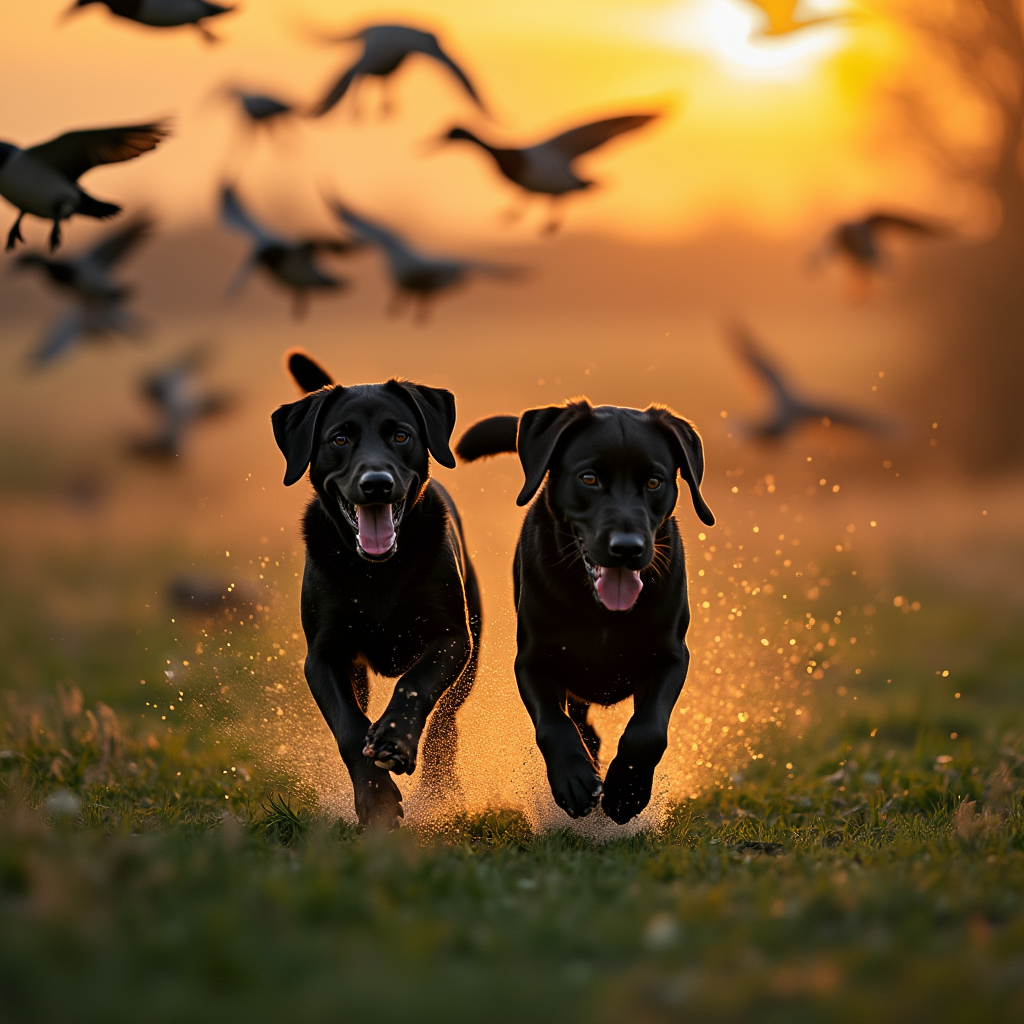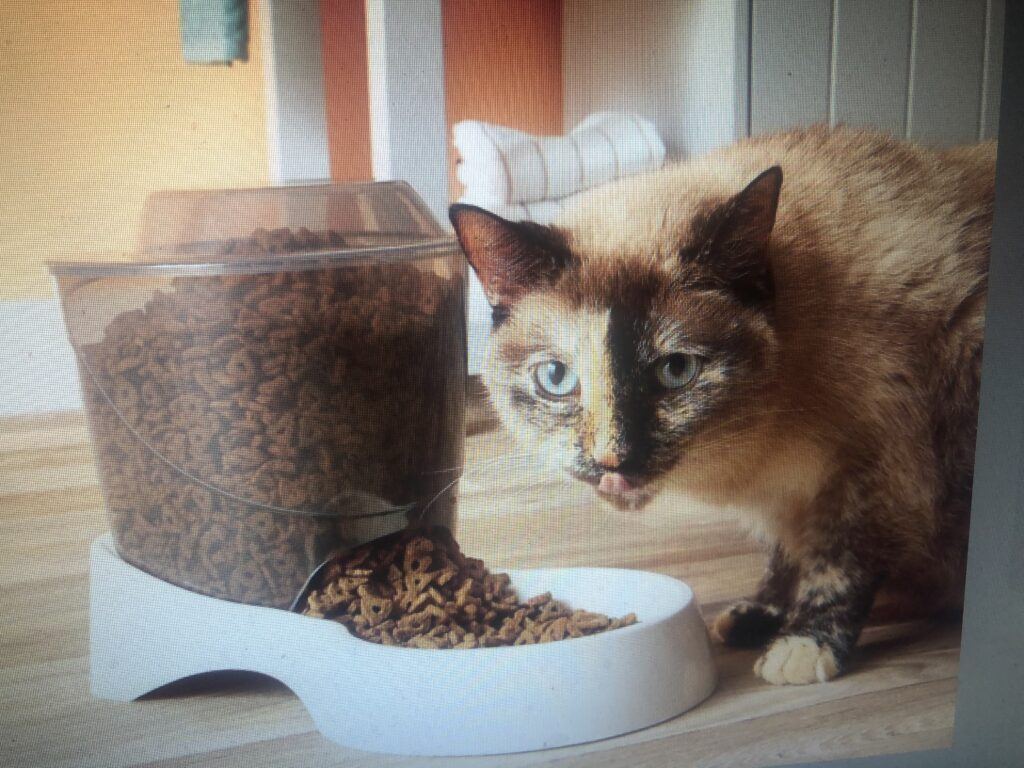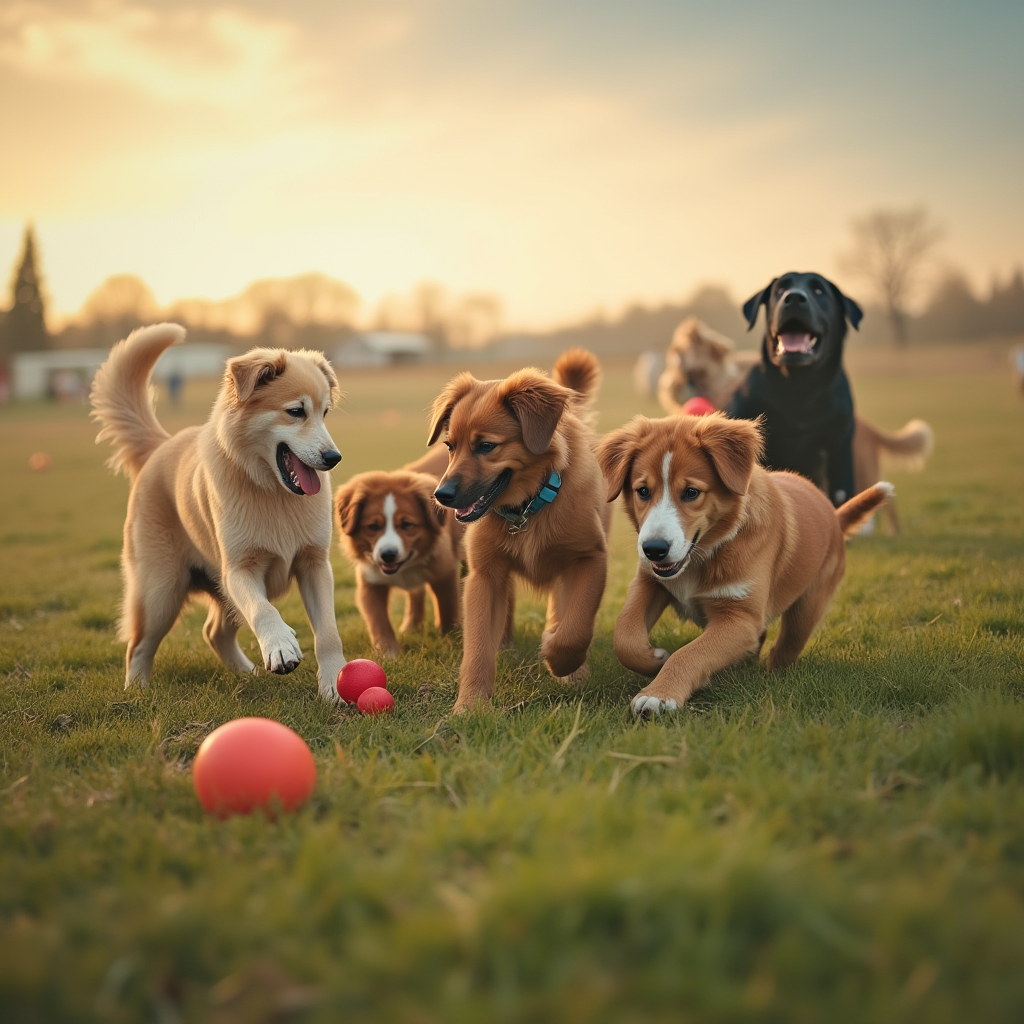
As our dogs age, they experience changes similar to what older humans go through. You might see your once hyper pup taking more naps or showing a bit of gray around the muzzle. It’s key to recognize these signs of aging, which can include physical changes like weight fluctuations or stiffness, as well as behavioral shifts such as increased anxiety or confusion.
Regular vet check-ups become even more important in a senior dog’s life. Vets can help catch health issues early, which can really make a difference. Plus, they can provide expert advice tailored specifically for your aging pup’s needs, whether it’s adjusting their diet or managing any chronic conditions.
Creating a comfy environment for your senior dog can also improve their quality of life. This might mean putting down soft bedding to cushion those achy joints or using ramps to help them get to their favorite spot on the couch. Little touches like these show you care and understand what they’re going through as they step into their golden years.
Nutritional Considerations for Aging Canines
Feeding your senior dog isn’t just about filling their bowl with food anymore. It’s about making thoughtful choices that match their changing bodies and needs. Age-appropriate dog food is a great start, as it’s typically formulated to support joint health and maintain energy levels while offering the right mix of nutrients.
Spotting the right food involves checking for ingredients that boost the immune system. Think omega fatty acids and antioxidants which can help keep illnesses at bay. It’s also worth chatting with your vet about any supplements that might benefit your senior friend, whether it’s glucosamine for their joints or probiotics for digestion.
Managing weight can be a tricky balance since older dogs are less active. Obesity can lead to all sorts of issues, so keeping an eye on their meal portions is vital. Some older dogs also develop food allergies or intolerances that they didn’t have before, so adjusting their diet based on any new sensitivities shows true care for their well-being.
Maintaining Mobility and Exercise in Older Dogs
Keeping your older dog active is like finding that sweet spot between lounging and leaping. Exercise routines need to match your dog’s energy levels and joint health. Overdoing it can lead to injury, but some gentle movement keeps those muscles limber and spirits high.
Incorporating gentle activities can really help older dogs. Think leisurely strolls around the neighborhood or some light fetch on soft grass. Even gentle swimming sessions can be fantastic since they put less strain on joints while providing a full-body workout.
Exploring non-invasive treatments for joint issues offers additional support. Treatments like hydrotherapy or acupuncture can aid mobility without putting additional stress on your pup. Chatting with a vet about these options could unveil some surprising benefits.
Mental and Emotional Well-being of Senior Dogs
Senior dogs aren’t just dealing with physical changes as they age; their mental and emotional health is just as important. Watching for signs of cognitive decline, like disorientation or changed sleeping patterns, can help you get ahead of any issues. There are even medications and supplements available that might help slow down those changes.
Human interaction becomes crucial to maintaining a senior dog’s mental health. Regular cuddles, companionship, and even chatting with them can offer comfort and reassurance. Make them feel included, as that sense of belonging can work wonders for their mood.
Don’t underestimate the power of playtime tailored just for them. Games that stimulate their mind, like puzzle toys or gentle hide-and-seek, can keep their brains active. These activities not only entertain but also provide mental exercise that helps ward off boredom and keeps those tails wagging.








 Understanding Their Behavior and Needs
Understanding Their Behavior and Needs Smart pets love a challenge, and keeping their brains buzzing with activity is just as important as taking them out for exercise. When you cater to their mental needs, you’re keeping them happy—all while trying to prevent them from rearranging your living room when you’re not looking.
Smart pets love a challenge, and keeping their brains buzzing with activity is just as important as taking them out for exercise. When you cater to their mental needs, you’re keeping them happy—all while trying to prevent them from rearranging your living room when you’re not looking. Taking your pet to the vet isn’t just for when they’re feeling under the weather. Regular check-ups can be a game-changer, allowing you to catch issues before they snowball into big problems. Think of it as a wellness routine—like when we hit the gym to stay fit or visit the doctor for regular health screenings.
Taking your pet to the vet isn’t just for when they’re feeling under the weather. Regular check-ups can be a game-changer, allowing you to catch issues before they snowball into big problems. Think of it as a wellness routine—like when we hit the gym to stay fit or visit the doctor for regular health screenings.